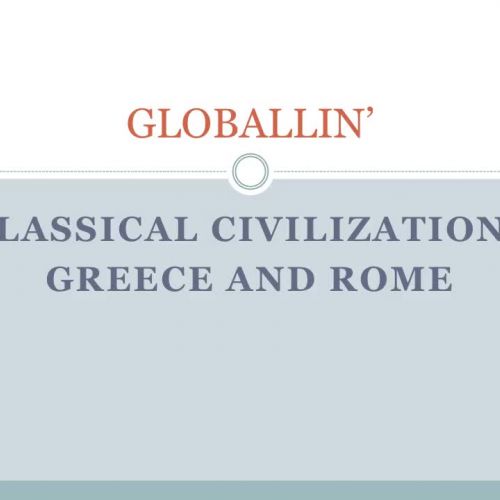Middle School > History > Civilizations Videos
Modern civilization did not start the way it is now. The cities and societies we have today developed from simpler ones several millennia ago. It pays to know the roots of modern times, as well as the many struggles and triumphs that civilizations from ancient times experienced. That way, students will know how humanity got to where we are now.
Studying ancient civilizations is actually part of world history in middle school. As students go through what happened in the world through time, they also get a glimpse of what old cities and towns were like. They also learn about old practices, philosophies, and technologies from each civilization.
The origins of the civilized world are commonly taught to students too. Mesopotamia, Sumeria, and Egypt are the most common ones that always pop up in class discussions. These are the first few civilizations that formed in ancient history. They are located in what is known as the Fertile Crescent, which is in an area of the Middle East.
Students would learn that these civilizations were mostly agricultural. In other words, they grew their own food and traded with others as well. This was how they made a living. In the case of Mesopotamia, its location is very close to two rivers called the Tigris and the Euphrates. With that, irrigating their land is not difficult. To make things much easier, the people even built water wheels to have more control of the water.
The development of technologies such as the water wheel has been part and parcel of civilization since the early days. Mathematics, for example, was also developed in these regions of the Middle East. Construction was very well practiced by the Egyptians, who built formidable pyramids even before cranes existed. Early medicine also sprung up from these civilizations, and it improved as people understood the human body more.









